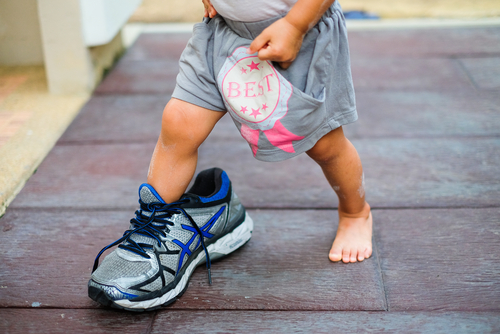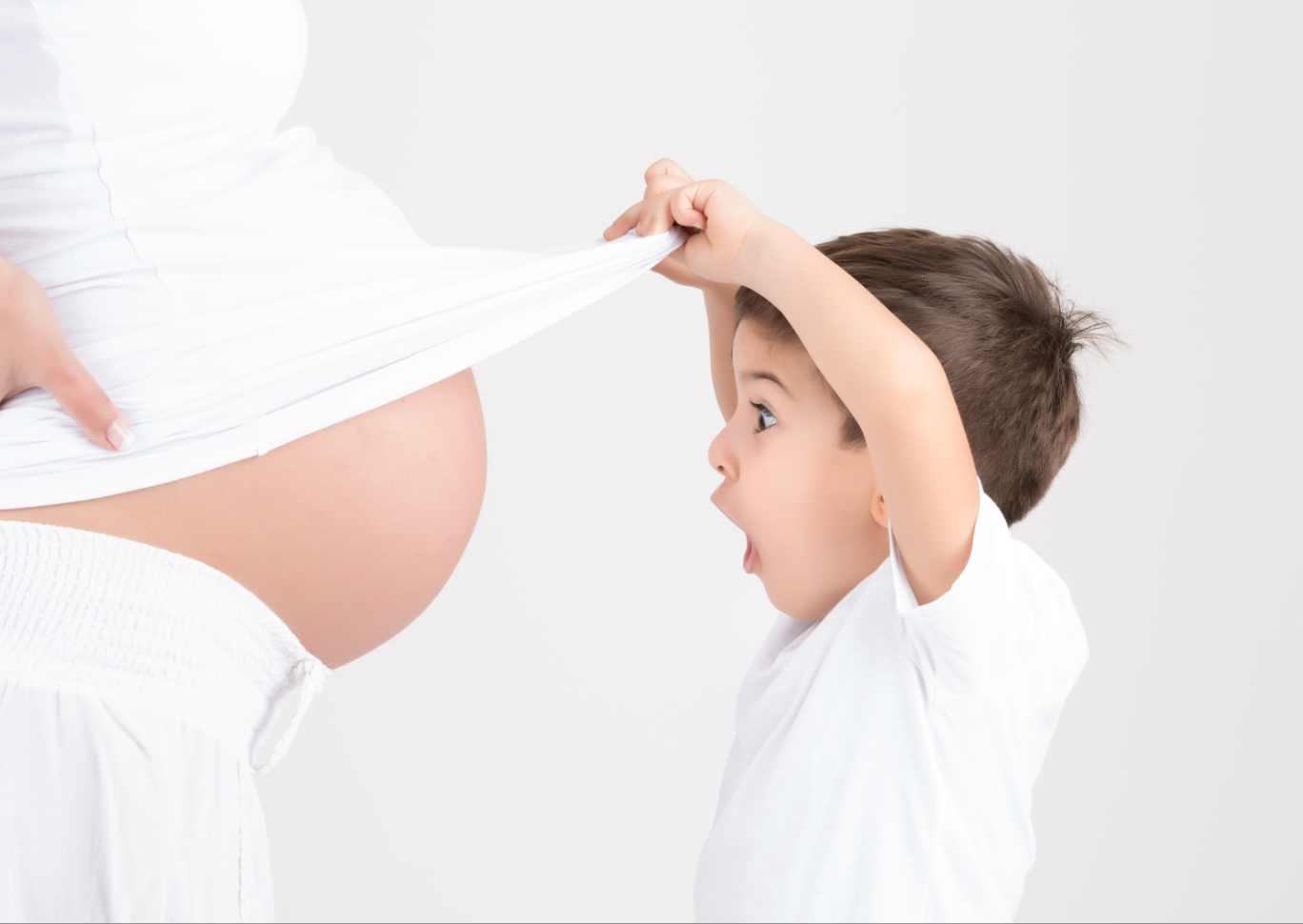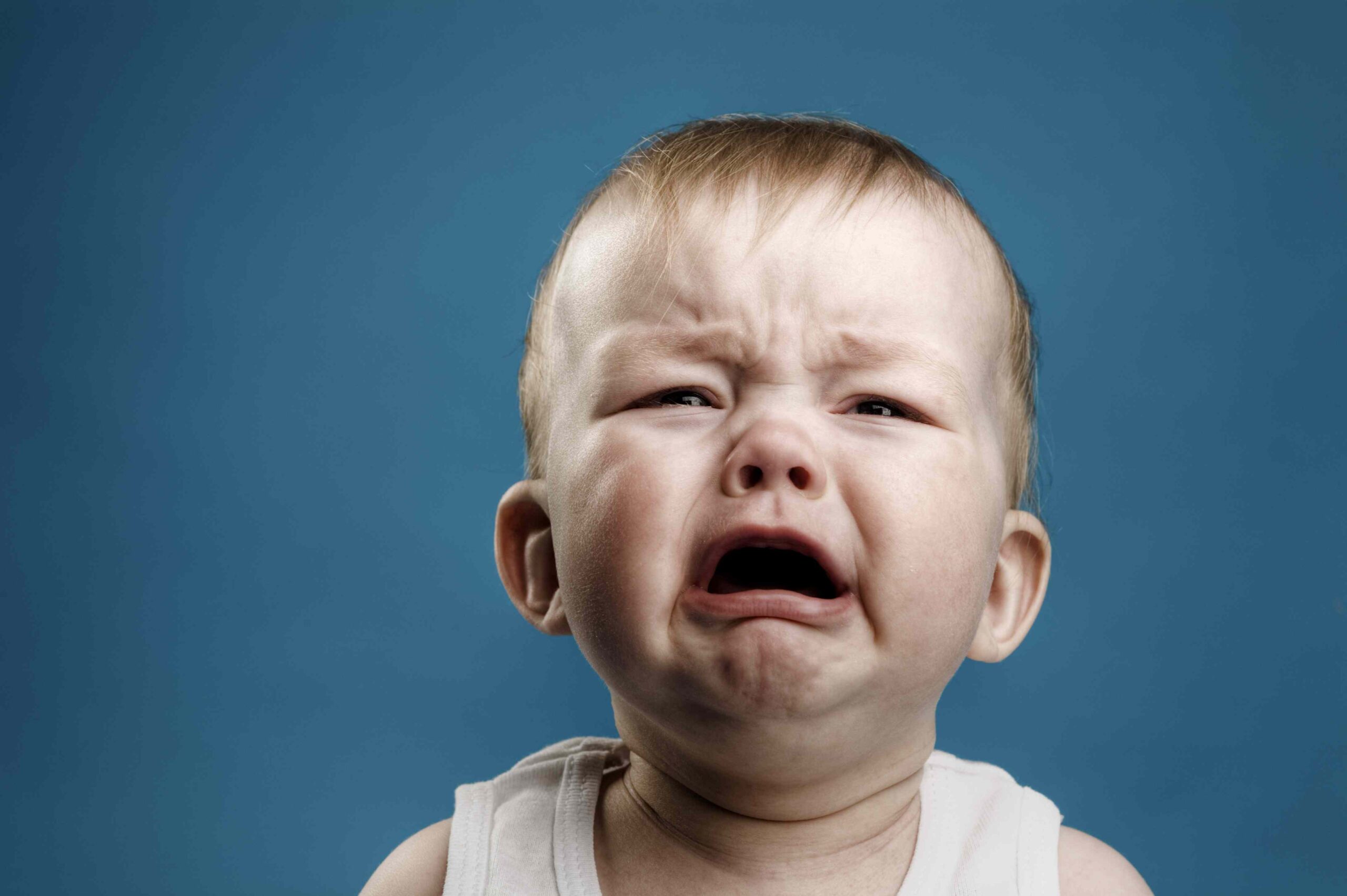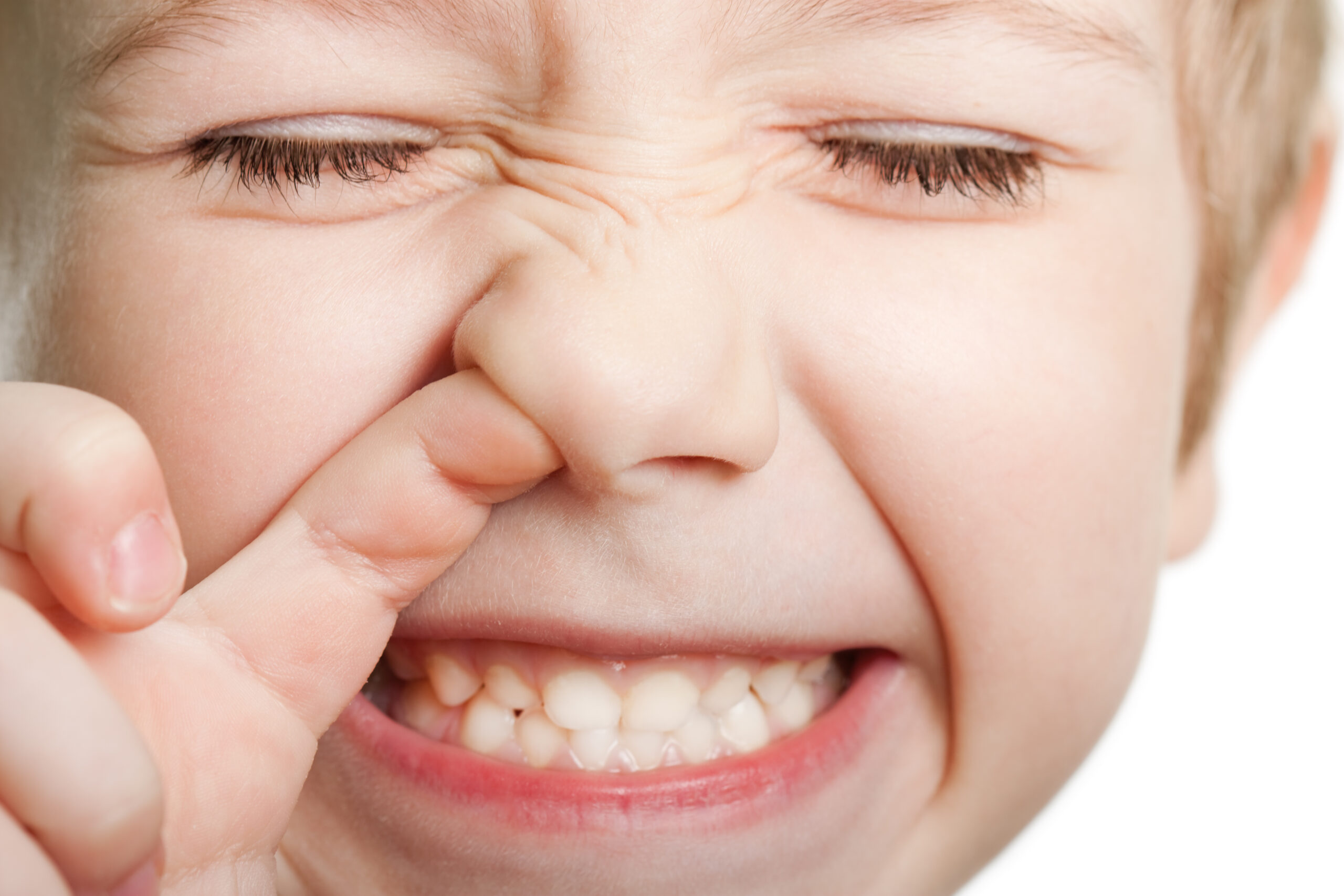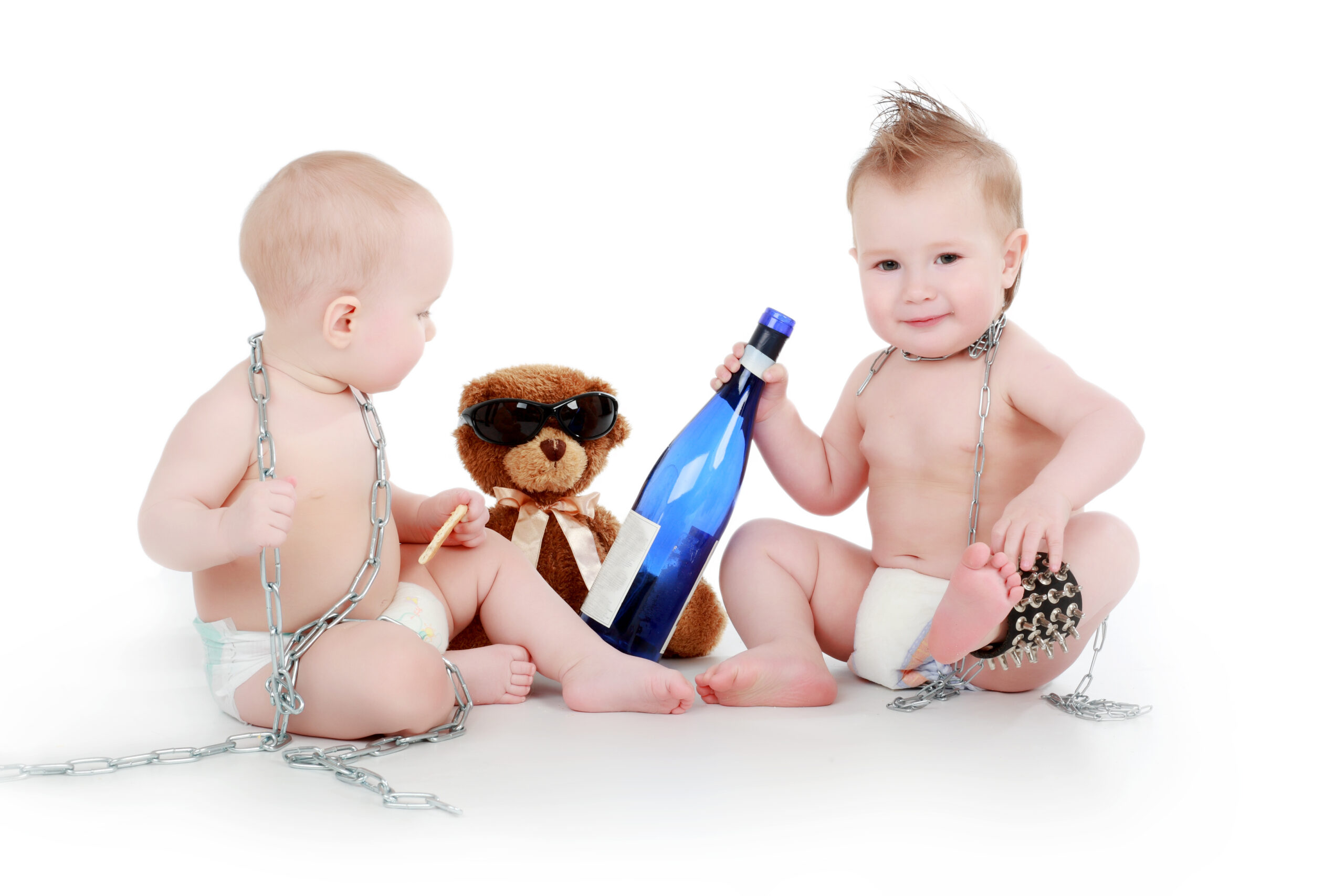Just like kids need to wear a helmet during activities where they could be injured, children only need to wear shoes when they might injure their feet. For example, you don’t want your toddler stepping on glass, getting a splinter or walking on hot asphalt in bare feet.
Shoes are important to protect the feet, but kids don’t need them for support or to provide any other developmental advantage. In fact, wearing shoes can cause structural and functional changes in kids’ feet – even as late as the teenage years when their feet are still growing! (Hollander)
There aren’t any developmental advantages to wearing shoes, and there could be disadvantages.
When kids are learning to walk, feeling the floor gives their feet tactile information that helps them balance and develop coordination. Even when babies are crawling they need the feel of the floor to help them move. Being able to sense the floor with their feet means that a child doesn’t have to look down as often and can keep their head up to look around, which allows them to better develop their visual coordination and proprioception (our awareness of where we are in relation to the space around us).
Walking barefoot develops the muscles and ligaments of the feet, strengthens the arch, improves proprioception and may contribute to better posture.
When should a baby get their first pair of shoes? When they start walking outside. Here are more considerations by age and stage:
Pre-walkers (about 4 months-10 months)
Babies use their feet to roll over, sit and crawl. If it is chilly, you can dress your baby in socks, but choose ones with grips on the soles. In general, you want your child’s feet to be free and bare during the first year.
Emerging walkers (about 10 months-15 months)
At this stage, barefoot is still best if it is safe. Choose soft-soled, flexible shoes that allow your child to feel the contour of the ground.
* If your baby is wearing cute shoes to match an outfit, take them off when they are crawling or cruising around to help with balance and grip.
Confident walkers/runners (about 15 months and up)
Give your child the opportunity to walk barefoot on sand and grass, and take their shoes off when they get home. Allow them as much time as possible out of their shoes to help strengthen their feet, develop balance and coordination and grow unrestricted.
- Choose shoes that are anti-slip, and lightweight, with a flexible sole (twist and bend the shoe to be sure all parts of their feet can bend inside the shoe).
- Give the feet room to breathe by choosing mesh, cotton or even leather shoes rather than synthetic materials.
- Choose inexpensive shoes because their feet will grow quickly. (The same goes for 12 year old boys, by the way! I’ve got size 6,7 and 8 shoes from the past 6 months all in a bag for the thrift store right now!)
When to worry?
Most parents have concerns about their child’s toes turning in, frequent tripping or bow-legs. These are all common variations of normal children’s legs. It can indicate a problem if their legs are not the same on both sides; for example if only one foot turns in, or one leg seems to be very different when they are running.
More tips for choosing shoes
- Consider buying shoes that your child can’t take off by themselves – or you may go home from the park with only one shoe!
- On the other hand, if you have other young kids to wrangle, choose shoes that your child can get on and off by themselves. And don’t worry if they put them on the wrong feet.
- The fit should be snug in the heel but leave lots of space around the toes – at least 1cm in front of the longest toe and some wiggle side-to-side.
- Crocs, flip-flops and some sandals slip off too easily and are not recommended.
- Expect to grow 2 shoe sizes a year.
- Check feet for blisters after getting new shoes – most kids won’t complain if they have sores on their feet, so you’ll need to inspect.
References
Hollander K, de Villiers JE, Sehner S, et al. Growing-up (habitually) barefoot influences the development of foot and arch morphology in children and adolescents. Sci Rep. 2017;7(1):8079. Published 2017 Aug 14. doi:10.1038/s41598-017-07868-4

